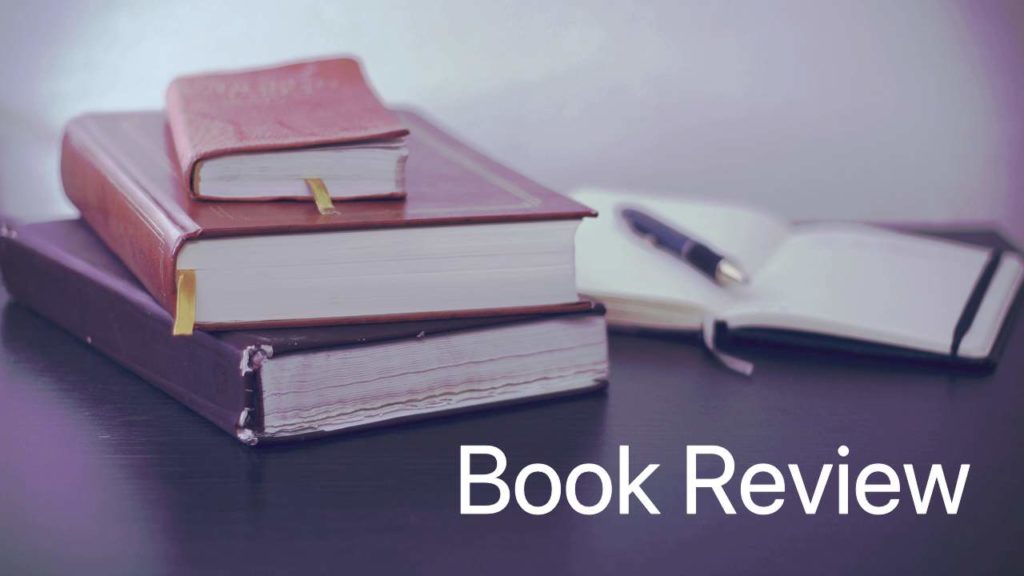Luskin, Fred. Forgive for Good
San Francisco: HarperCollins, 2002
Trade paperback, 240 pages
ISBN 0-06-251721-X
Highly Recommended
This book changed my life.
Extensive research has shown that forgiveness is good for us, both physically and emotionally. We can understand this intellectually. But, as most of us also know, it’s much harder to find forgiveness in our hearts.
I had struggled with this problem of forgiveness until I discovered Luskin’s book. His approach of forgiveness as story finally allowed me to begin to open my heart to the possibility of forgiveness.
Luskin defines forgiveness as “the experience of peace and understanding that can be felt in the present moment” (p. xii). Forgiveness is aimed at a grievance, which Luskin defines as a long-standing hurt or anger. A grievance results when something happens in our lives that we did not want to happen and when we then deal with the problem by thinking too much about it. Luskin says that we create a grievance out of three components:
- The exaggerated taking of personal offense;
- The blaming of the offender for how we feel;
- The creation of a grievance story.
The grievance story is the main focus of Luskin’s forgiveness program. He says that the mere articulation of a hurt someone has inflicted upon us is not a grievance story. The tale of this hurt only becomes a grievance story when we fixate upon it and tell it over and over again. A grievance story locks us in the past, when the original hurt occurred, and condemns us to reexperience the pain, anger, and resentment of the transgression every time we narrate the story.
To begin moving from grievance to forgiveness, Luskin asks us to consider who the main character in our grievance story is. In most cases, the main character is the person who hurt us; in this story we are passive, a victim controlled by the main character. Arriving at forgiveness involves recasting our grievance story so that we are the main character, the source of the action. In the retelling of the story, we become someone who triumphs over adversity, who survives in spite of the hurt done to us. This retelling involves a shift in perspective, from the point of view of someone immersed in the hurtful event to the point of view of an observer. Such a shift does not excuse or condone the hurt done to us, but it does allow us to view the hurt in a different way, to get some distance on it.
Luskin explains that a grievance story traps us in the past and imprisons us as victims. For me, this became the strongest motivation for changing my story from one of passive victimization into one of active triumph—that is, from a grievance story to a forgiveness story. Luskin’s explanation of a grievance story made me realize that, as long as I continue to dwell on the story of how I was hurt, those who hurt me still maintain control over me. The only way I can truly free myself is to write another story. In my revised story, I am strong, resilient, a survivor. This story represents a change from a dysfunctional grievance story to a healthier forgiveness story. Daniel Taylor (Tell Me a Story: The Life-Shaping Power of Our Stories, St. Paul: Bog Walk Press, 2001) says that healthy life stories share four qualities: They are truthful, freeing, gracious, and hopeful.
Forgiveness is an exceedingly complex issue. It can take a long, long time to come to terms with being hurt and mistreated. But the point of view from which we narrate our life stories can influence the way those stories in turn shape our lives. Sometimes a shift in perspective can help change a dysfunctional story, such as my grievance story, into a healthy story, such as my forgiveness story.
© 2007 by Mary Daniels Brown

